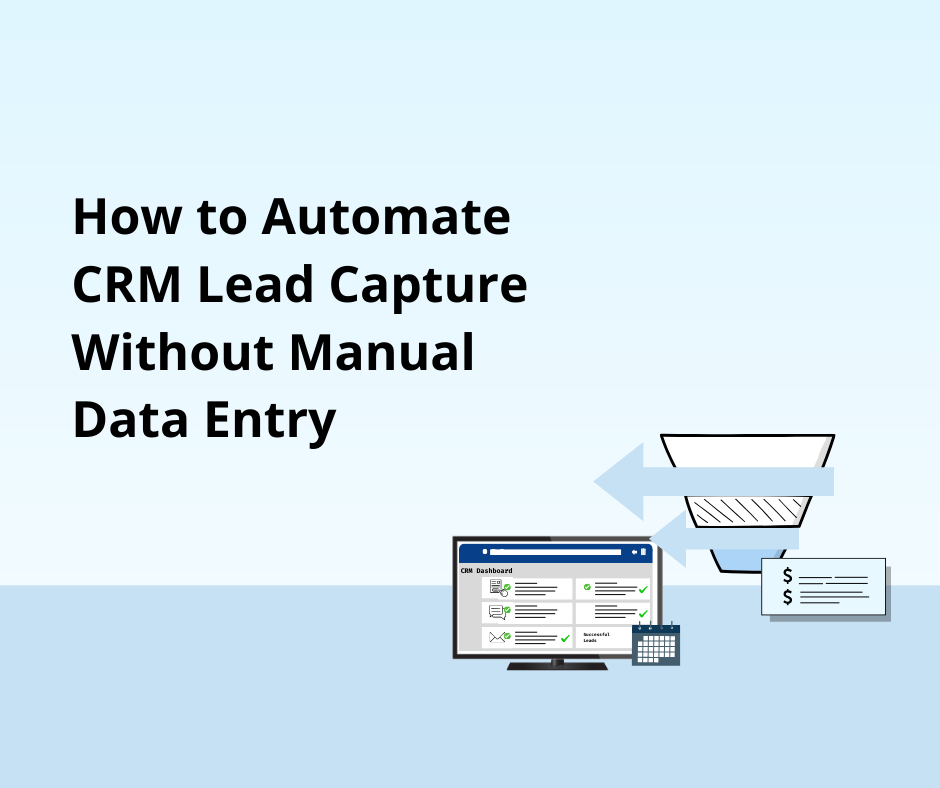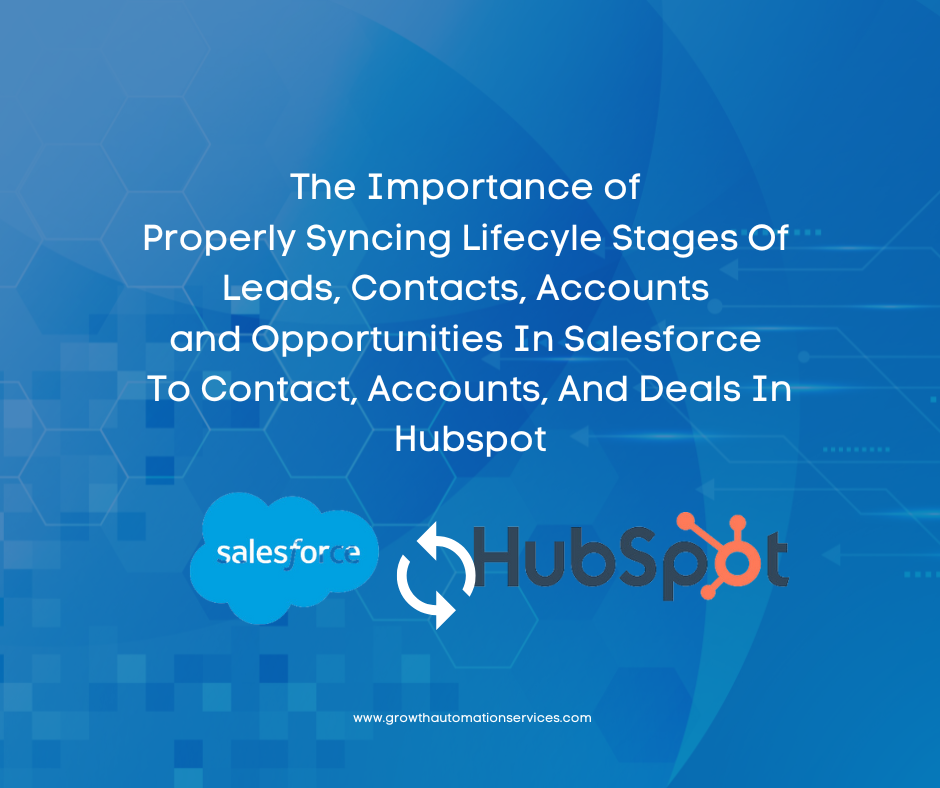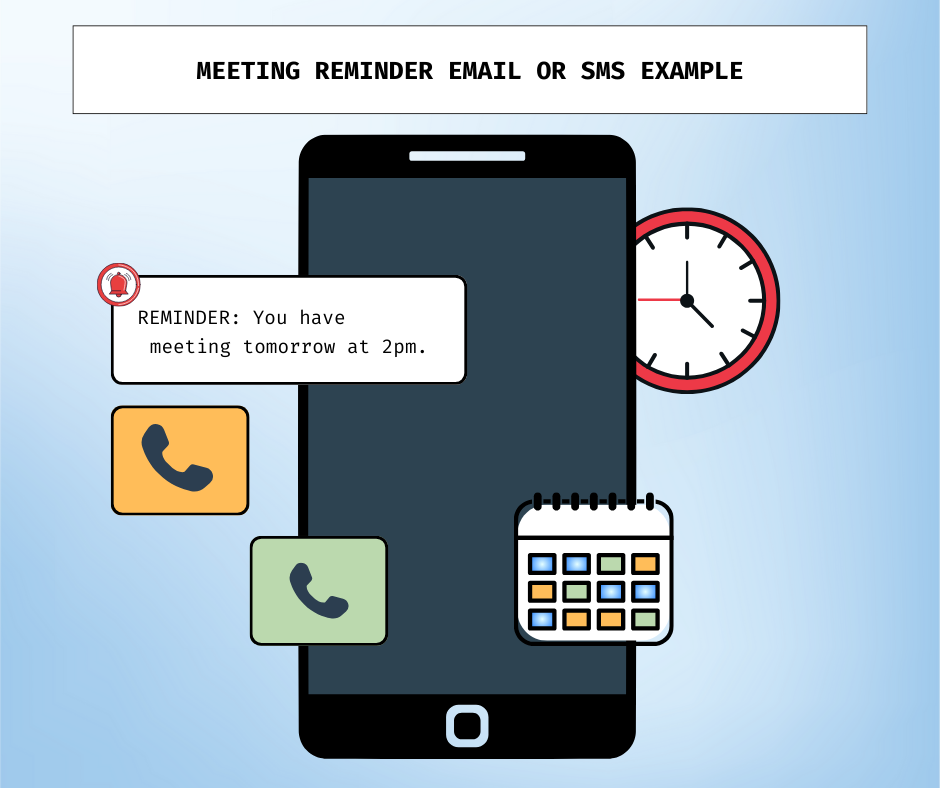Eric Hoyer · DIGITAL MARKETING 5 min read
Streamlining CRM Lead Capture: Eliminate Manual Entry for Faster Response Times
Discover efficient ways to automate lead capture into your CRM, eliminating manual data entry for faster response times and improved sales conversions. Explore key integration tools and workflows.

Table of Contents
Loading table of contents...
Why Fast Lead Capture Matters
In the digital age, speed is crucial when following up with new sales leads. Prospective customers reach out to multiple companies and often choose the one that responds first. Research backs this up – responding to a new web lead within five minutes can make you 9 times more likely to convert that lead compared to waiting longer. Leads go cold quickly, so every minute of delay reduces your chances of connecting.
Slow follow-up isn’t just a missed opportunity – it’s a common problem. 70% of leads are lost due to slow or poor follow-up processes, according to Gartner. Manual data entry contributes to this problem. When sales reps have to manually input lead information into the CRM (customer relationship management system), it takes time and can introduce errors or omissions. Important details might not get recorded promptly, meaning your team could be reaching out hours or days later. By that time, the prospect’s interest may have waned or a competitor may have already gotten in touch.
The Problem with Manual Data Entry
Relying on people to type in lead details by hand isn’t just slow – it also impacts data quality and sales productivity. Humans make mistakes: a misspelled email address or phone number means that lead might never hear back from you. Manual entry is also tedious, leading to inconsistencies (one rep calls a company “ABC Co.” while another types “ABC Corporation,” creating duplicate entries). Sales teams often complain that they spend too much time on administrative tasks like data entry instead of actually selling.
The more your team has to fiddle with spreadsheets or forms to get leads into your CRM, the greater the lag before follow-up. And as we saw, lagging on follow-up can cost you real revenue. Automating the capture of leads – so they flow into your CRM instantly – addresses these issues head-on. It ensures new inquiries are in your system and assigned immediately, without relying on someone to type them in first.
Simple Automated Lead Capture Workflows
Fortunately, you can eliminate manual data entry by setting up automated workflows that send lead information directly into your CRM. Here are a few common lead capture automation scenarios:
- Website Contact Forms → CRM: When a visitor fills out a contact or signup form on your website, their info can automatically become a new lead in your CRM.
- Lead Generation Ads → CRM: Facebook or LinkedIn Lead Ads can feed data directly into your CRM through native or Zapier-based integrations.
- Email Inquiries → CRM: Some CRMs capture leads from emails. Automation can parse incoming emails to create contacts.
- Events or Chatbot Leads → CRM: Leads captured through in-person events or on-site chat tools can automatically populate in your database.
Integration Tools to Streamline Lead Capture
To connect all of this without writing code, tools like Zapier act as the glue. You can build workflows like “new form submission → create CRM record → send Slack notification” in minutes.
CRMs like HubSpot and Salesforce also offer native web-to-lead forms and app integrations for lead sources like Google Ads, Facebook, or webinar platforms.
Advanced users can also use secure webhooks and custom API connections when integrating internal systems or more custom data flows.
Validate and Deduplicate Your Data
Once data is flowing automatically, make sure it’s clean:
- Use email format validation to catch typos.
- Avoid duplicates by checking for existing email addresses or domain matches.
- Standardize dropdowns like industry or lead source so reports stay clean.
After Capture: Book Appointments Instantly
Once the lead enters your CRM, don’t let the momentum stall. One of the most powerful, low-effort tricks to improve MQL conversion is embedding an appointment scheduler (like Calendly or HubSpot Meetings) right after form submission.
This does two big things:
- It removes the need to chase web leads. Instead of waiting for someone on your team to call or email back to schedule a meeting, the lead picks a time that works for both of you right away — while they’re still interested.
- It increases show rates and engagement. Because they get a calendar invite and automated reminders, the lead stays engaged. This not only warms them up but also improves handoff into sales dramatically. We’ve seen this simple change result in a 10x increase in meetings booked from web form leads, especially when used on the thank-you page.
Use With Caution
To reduce spam or unqualified bookings:
- Require a business email.
- Add prequalification questions to the scheduler.
- Use CAPTCHA or block free email domains when necessary. Every vertical has different vulnerabilities, so design the flow to filter out bad actors while still keeping it fast for your ideal customer to move forward. This single step — letting qualified leads schedule themselves while they’re still thinking about you — can have an outsized impact on your funnel.
Next Steps: Engage With Automation
Once scheduled, automation should:
- Send a reminder email or SMS.
- Assign the lead owner or rep.
- Add the contact to the CRM lifecycle stage.
- Optionally, trigger a nurturing workflow for pre-meeting materials. Now your CRM isn’t just capturing leads — it’s closing the time gap, increasing engagement, and helping your team prioritize conversations that matter.
By automating both the capture and conversion moments, your lead pipeline becomes faster, cleaner, and more effective — setting you up to scale without scaling your admin work.



